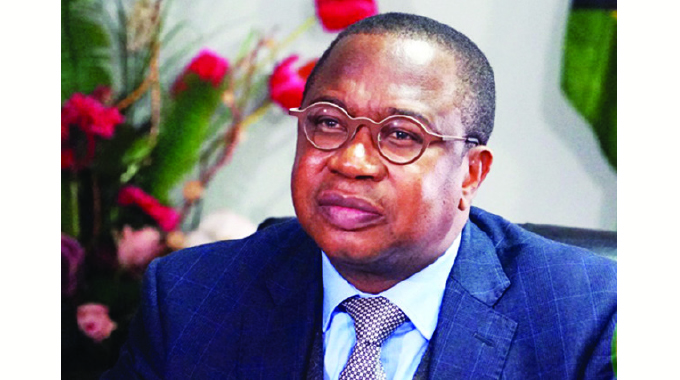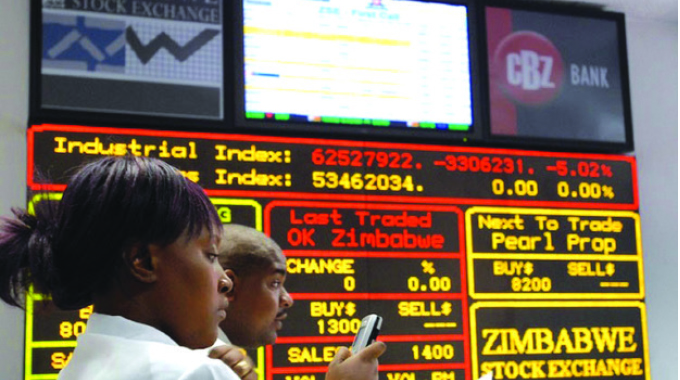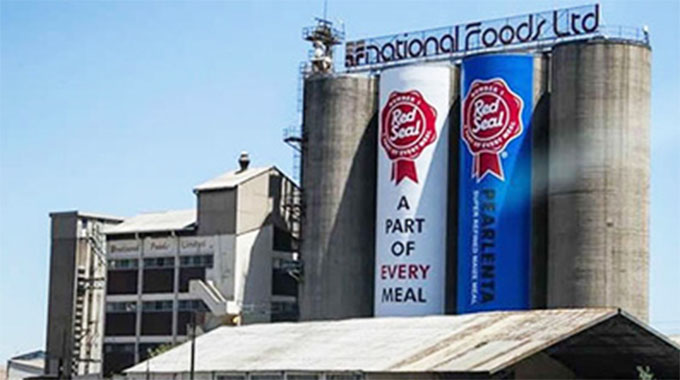REDD credits over supply affects sales

 Jeffrey Gogo Climate Story
Jeffrey Gogo Climate Story
CARBON prices from projects that reduce emissions from deforestation and degradation plunged more than 43 percent last year, which could spell potential revenue difficulties for Zimbabwe’s planned implementation of REDD initiatives.
After joining the UN’s REDD Programme last year, the country has now begun building capacity to exploit opportunities that save its 15,6 million hectares of dry or open canopy forests, limit emissions, create income and improve livelihoods under an extension of REDD called REDD plus (REDD+).
This is a carbon-based compensation mechanism for projects that result in reduced carbon emissions or enhancing carbon sinks or both in tropical forests.
Between 1990 and 2010, Zimbabwe has lost 29,5 percent of its forest cover, or 327 000ha per year, according to data from the UN’s Food and Agriculture Organisation.
Emissions of gases such as carbon dioxide and methane are the lead causes of climate change. Forests are able to capture those gases in an effective manner that minimises climate risks.
Now, a “State of the Carbon Markets 2014” report released last week by the Ecosystem Marketplace, a US-based firm, showed that although carbon buyers were loving forests offsets, they paid low.
Buyers like governments and companies spent $94 million purchasing 22,6 million tonnes of carbon dioxide emissions equivalent (MtCO2e) of REDD offsets in 2013, more than double the volume bought in 2012.
But they paid just $2 per tonne of CO2 equivalent (tCO2e), on the average, down from $7,4/tCO2e prior year comparative. This year, offset prices from REDD projects have fallen to below $1.
Prices have largely been suppressed due to an oversupply of credits in the market. Other credits are finding no takers.
At the end of 2013, the report said, 31,8 tonnes of CO2e remained unsold “including 12,6 tonnes of CO2e reported by 36 suppliers that tried
to but simply did not find a buyer by year’s end”.
Each credit, also known as offset or carbon unit, is equivalent to a tonne of carbon dioxide.
Mr Charles Ndondo, chief executive of Carbon Green Africa, implementers of Zimbabwe’s biggest private REDD project covering 750 000ha across four rural district councils in Mashonaland West, told me recently they were stuck with over 3 million credits issued last year – their first issue – because the firm could not secure buyers.
“ . . . the current over supply worldwide of REDD credits, makes credit sales even more difficult . . .” Mr Ndondo said by email, adding the high costs of setting up a forest offsetting project made sales critical for sustainability and continuity.
Over 30 years, the Carbon Green Africa project is expected to remove from the atmosphere 52 tonne of CO2e.
The State of the Carbon Markets 2014 report now projects that worldwide a pile of 277 million metric tonnes of carbon dioxide emissions equivalent will remain unsold until 2018, further dampening prices.
Big Business
The decline in REDD offset prices might not mean much to Zimbabwe if it was not just looking at carbon benefits, but also other co-benefits as the key driver towards implementing REDD+ strategies.
But carbon trading is now a multi-billion dollar business. In the last five years alone, “voluntary buyers have directly funded 844 metric tones of CO2e in emissions reductions worth $4 billion, at an average historical price of $5,9 per tonne of CO2e,” Ecosystem Marketplace says.
Using rough estimates based on Carbon Green Africa’s projected 52 MtCO2e removals from 750 000ha in 30 years, if Zimbabwe’s 15,6 million hectares of forests remain unchanged or slightly changed, the country could lock over 1 000 tonnes of CO2e over the same period.
Assuming those offsets were bought at the average $4,2 per tonne of CO2e for REDD credits in 2013, Zimbabwe will rake in over
$4 billion from standing forests that until now have been earning a few million dollars, if at all, or are being decimated with reckless
abandon.
The numbers are not purely scientific, but do provide an important indication of what lies at stake, as polluting governments and companies from industrialised nations seek to compensate for excessive emissions generated in their home economies or elsewhere.
The continued decline in carbon prices may not be favourable for developing nations like Zimbabwe who are aiming to start implementing REDD wholeheartedly in the nearest future.
There has also been a gradual noticeable shift among major European and other Western buyers from forests credits to other offsets such as those from cook stoves, which can stifle growth of REDD related projects.
But the plus (+) in front of the REDD means that Zimbabwe is looking beyond carbon benefits to those that yield tangible socio-economic transformation for communities, which depend on forests.
The non-carbon benefits include among other things employment creation and opportunities for activities such as bee keeping and production of timber related products, activities that help mitigate rural poverty.
And even if prices remained depressed, as is widely predicted in the next few years due to an oversupply of credits, Zimbabwe, which has so far been earning nothing from its forests (offsets-wise), should be pleased even with the low prices.
The country has nothing to lose but all to gain. Mr Abbie Jiri, a REDD expert with Bio-Hub Trust, the lead consultants in Zimbabwe’s REDD+ drive, said the carbon price volatility was “nothing to worry about.”
He said: “REDD+ benefits go beyond the money. We need to conserve our forests and I still remain confident that REDD+ can assist Zimbabwe achieve that.”
Last year, Jiri’s Bio-Hub Trust described REDD+ as “a unique opportunity to potentially address climate change and rural poverty while conserving biodiversity and sustaining vital ecosystem services.”
At national level, Mr Ndondo said: “The most obvious opportunity for the country to benefit from REDD projects would be to incorporate them with other projects such as Campfire or conservation projects and involve National Parks, so that the communities and districts can benefit from multiple revenue streams rather than their reliance on one or the other.”
The UN REDD Programme website says that “REDD+ strategies go beyond deforestation and forest degradation, and include the role of conservation, sustainable management of forests and enhancement of forest carbon stocks in reducing emissions.”
In 2013, offset suppliers transacted 76 MtCO2e of carbon offsets for $379 million – down from 102,8 tonne of CO2e in 2012 due to market changes in the US, a major buyer. Voluntary prices averaged $4,9 per tonne of CO2e.
The buyers range from governments, individuals and companies in major polluting industries like energy and transportation.
God is faithful.








Comments